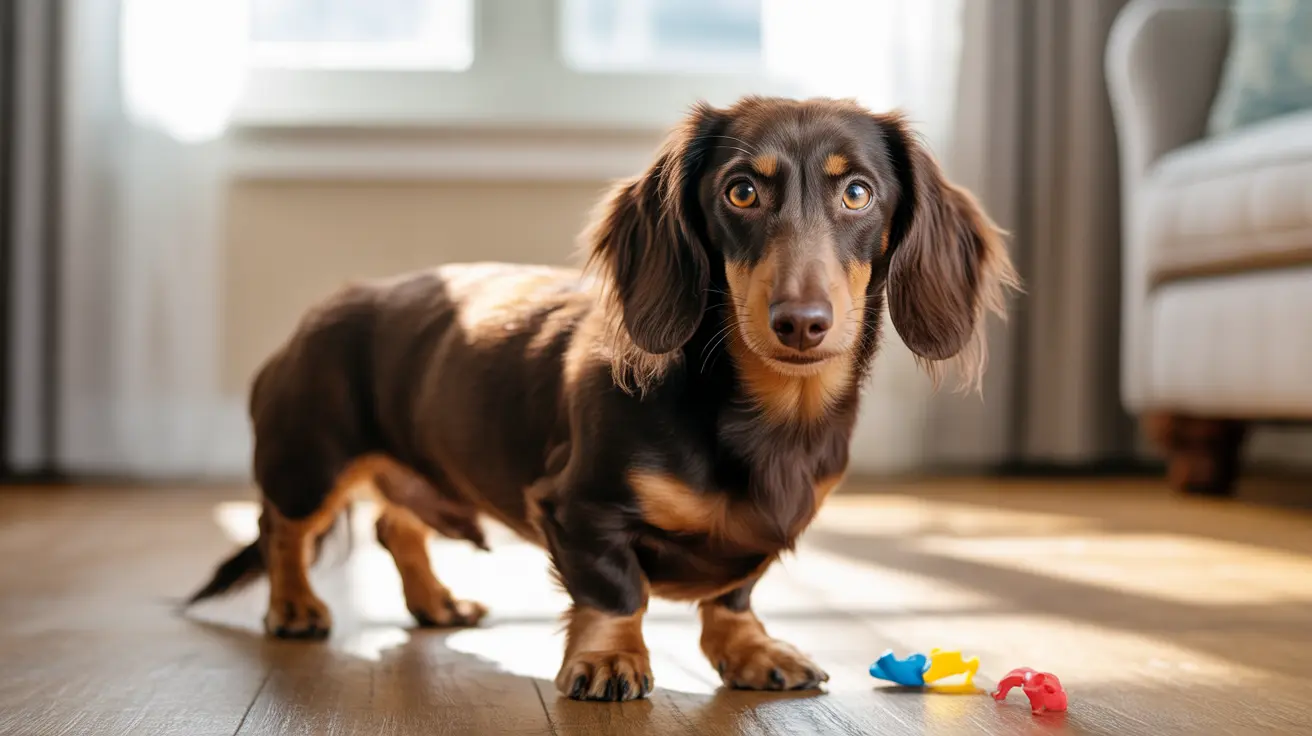Effective Strategies for Addressing Aggression in Dogs
Managing a dog with aggressive behavior is a serious responsibility that demands patience, knowledge, and often, professional assistance. Aggression may manifest in different forms such as growling, snapping, or biting, and can be rooted in fear, trauma, territorial instincts, or lack of socialization.
Understanding Canine Aggression
Before addressing aggressive behavior, it is critical to identify its roots. Common causes of aggression include:
- Fear or anxiety
- Protection of resources or territory
- Defensive reactivity
- Domineering tendencies
- Pain or physical discomfort
- Trauma or abuse in the dog's history
Recognizing early warning signs such as tense body language, stiff posture, or growling can help you intervene before escalation.
The Importance of Proper Management
Managing an aggressive dog requires minimizing exposure to triggers and creating a safe, controlled environment. Key strategies include:
- Using a well-fitted harness, double leash, or basket muzzle in risky situations
- Maintaining a structured routine for predictability
- Providing mental enrichment and physical exercise
- Designating a safe space in your home for decompression
- Reinforcing basic obedience commands regularly
Training Techniques that Work
Training should focus on positive reinforcement, never punishment. Steps include:
- Identifying triggers like unfamiliar people, dogs, loud noises, or specific locations.
- Avoiding those triggers initially to prevent heightened responses.
- Implementing desensitization by exposing the dog to triggers at a tolerable distance.
- Counterconditioning by associating triggers with rewards (treats, toys).
- Gradually increasing exposure as the dog becomes comfortable.
Socialization: Go Slow, Be Safe
Socializing an aggressive dog should involve incremental exposure under controlled circumstances. Tips include:
- Starting with parallel walks at a safe distance alongside a calm dog
- Rewarding calm, non-reactive behavior
- Gradually decreasing distance without overwhelming the dog
- Ending each exposure session on a positive note
Always supervise interactions and never force the dog into situations it’s not ready to handle.
Professional Guidance is Crucial
Involving a certified dog behaviorist or veterinary behaviorist is often essential in cases of aggression. These professionals:
- Conduct behavioral assessments
- Rule out medical causes
- Create a customized modification plan
- Consider medication options if necessary
Structured, expert-backed plans increase the likelihood of success and safety.
Rehabilitating Abused or Traumatized Dogs
Dogs with a history of abuse, including those used as bait, may react defensively or aggressively. Key tips include:
- Fostering trust and safety through routine and calmness
- Using a crate or sanctuary space that is positive, not isolating
- Rewarding every small success with praise and treats
- Avoiding high-stress or unpredictable environments
Setting Realistic Expectations
Progress is not always linear. Some dogs may reach a point where they can walk past others calmly, while others may always need careful management. The goals should be:
- Documenting behavior changes
- Setting incremental milestones
- Prioritizing safety for pets and people
By focusing on consistency, empathy, and professional support, it is possible to manage and reduce aggression effectively.





